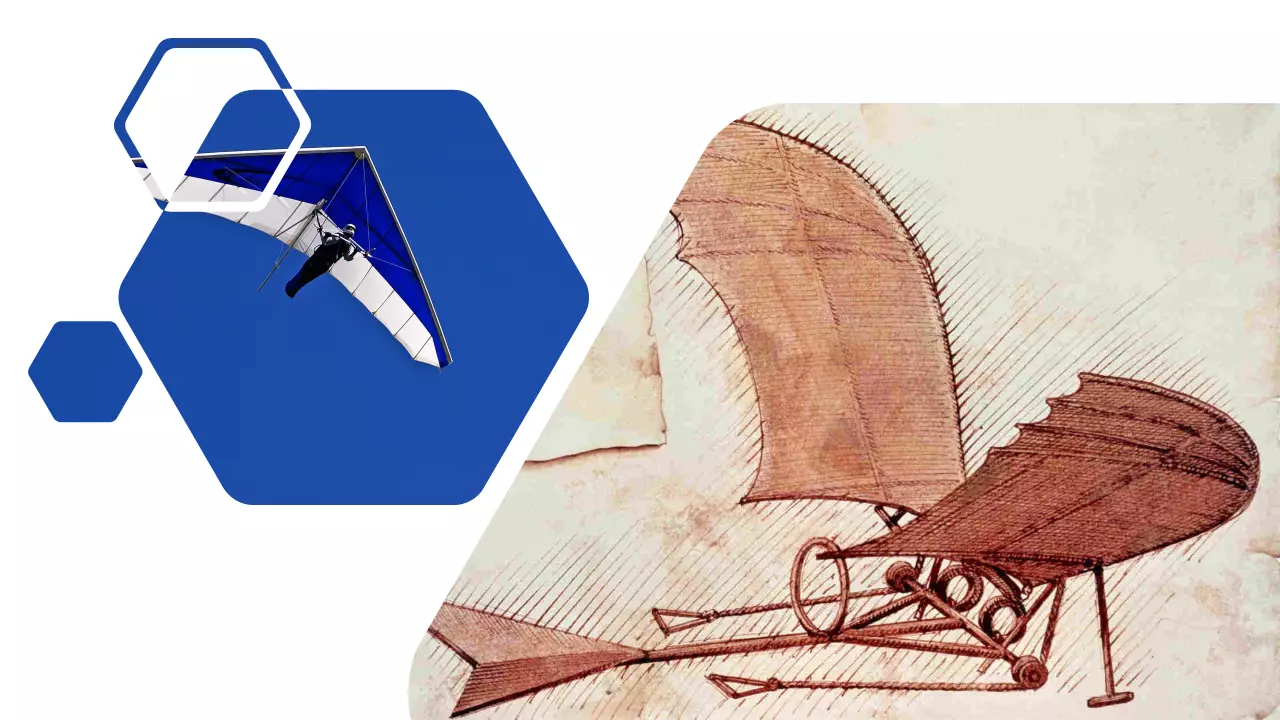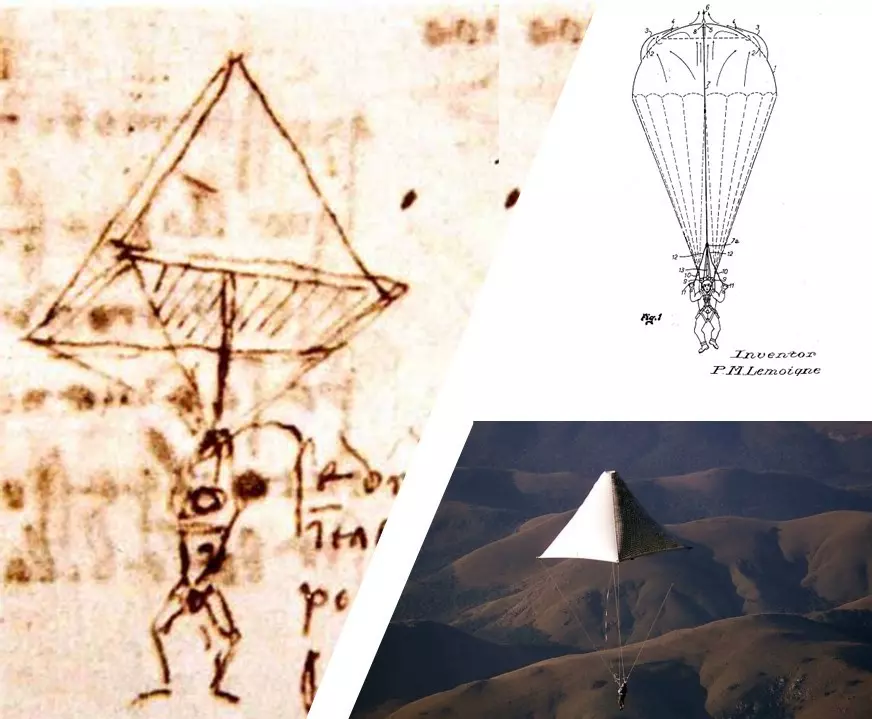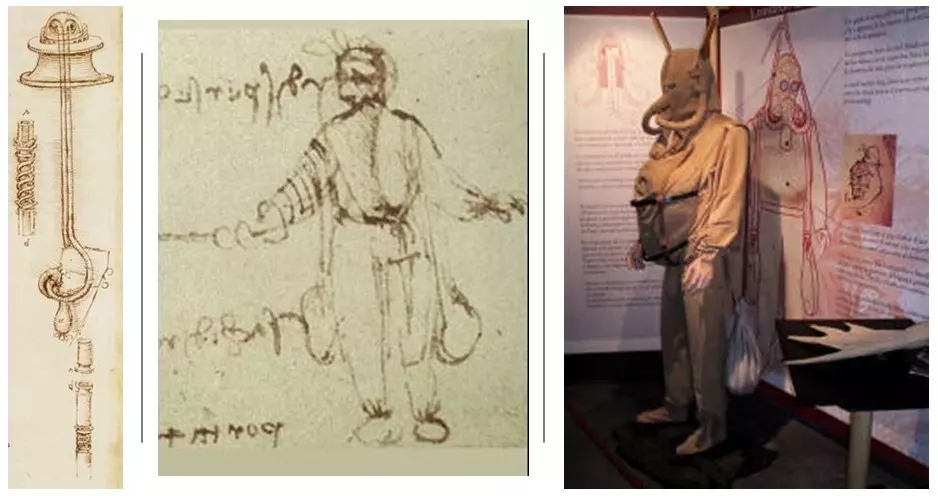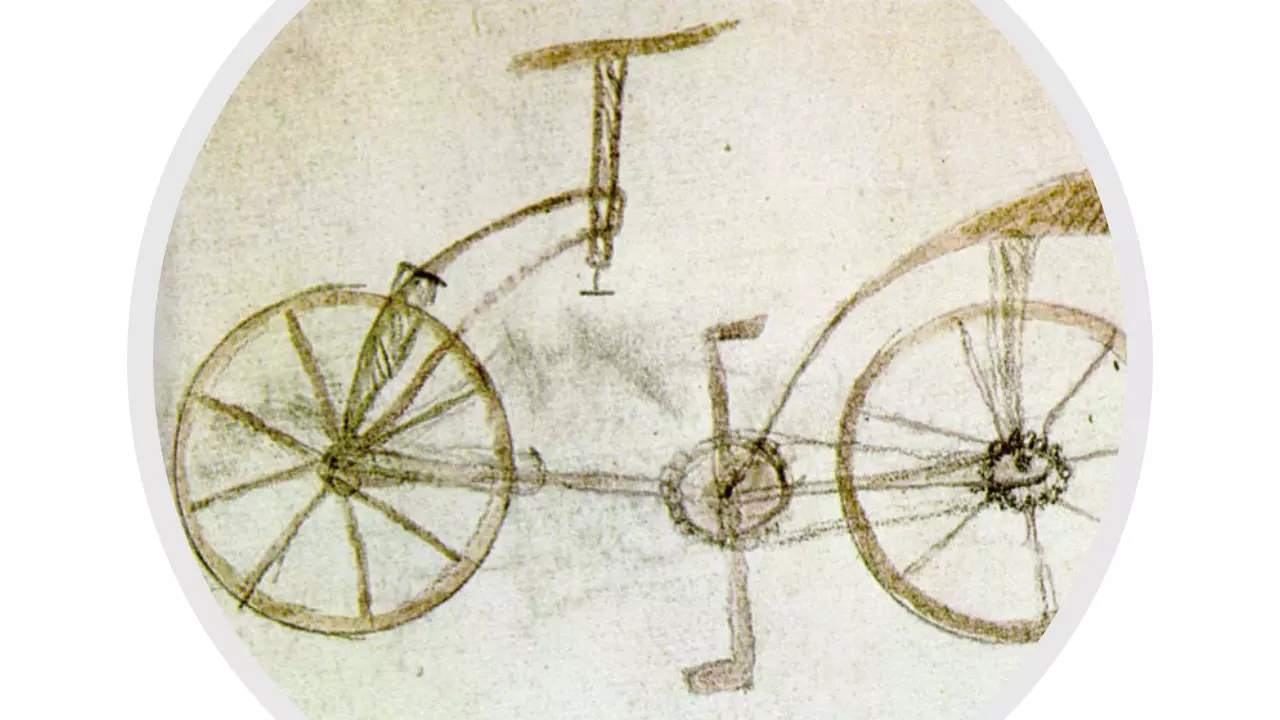LEONARDO DA VINCI'S NON-PATENTED INVENTIONS
Leonardo da Vinci was a famous 15th century painter and sculptor, worldwide known for his most famous work The Mona Lisa or Gioconda. He also showed great interest in nature and life, getting involve in the study of the anatomy and machine operations.
During his live, Patents did not exist yet and some historians believe that, to protect his inventions, Da Vinci wrote his notes backwards ("mirror writing") to make them difficult to read and prevent them from being copied.
Throughout his life, Da Vinci designed numerous inventions, some of which we use today:
FLYING MACHINE:
Leonardo da Vinci's flying machine is one of the most famous inventions of the Renaissance genius. He called it Ornithopter, from the Greek "ornitos", bird and "pteron", wing and, in order to design it, he spent countless hours observing the flight of birds and insects.
He observed details such as the gliding or take-off of birds and designed a machine with wings, which was provided with shock absorbers that simulated the legs of birds to mitigate take-offs and landings. In addition, the machine carried out elaborate mechanisms of cables, pulleys, and levers to move the wings, which faithfully imitated the design in the bird's counterpart.
Although his invention came quite close to the design of hang gliders from today, Leonardo deduced that it would never work: the human body would not produce the energy required to move the wings, as human muscles have a different power-to-weight ratio compare to those in birds.

PARACHUTE:
The Parachute Patent, published in 1783, was held by Sebastien Lenormand. However, hundreds of years before, from the observation of the laws of physics and the flight of birds, Leonardo da Vinci outlined a device that, according to his own words: "if a man is provided with a glued made of linen 12 yards on a side by 12 yards high, it will be able to jump from great heights without hurting itself”.
The design is from 1485 and, although it was rigid and pyramidal in shape, it is very similar to those currently used. A prove of that is that in 2000, a 3000 meter jump was successfully performed with a parachute built according to Da Vinci's original sketches and using only tools from his time.

DIVING SUIT:
The years in which the Florentine genius lived in Venice resulted in designs to remain underwater, due to the influence of the city's canals and boats. The prototype diving suit, made of leather, was equipped with a mask with goggles that was connected, through breathing tubes made of flexible bamboo rods, to an air hood that floated on the surface. Two sandbags were tied to the waist as ballast.
Although the 16th century costume does not include a portable supply of compressed oxygen, it is conceptually similar to those in use today.

BIKE?
The origin of the bicycle and its inventor is unclear. In 1818, the German Carl von Drais patented a bicycle that was powered by the user's feet and the British John Kemp Starley introduced the pedals in 1885. However, , during the restoration of Leonardo's Codex Atlanticus in 1974, the drawing shown in Figure appeared.

The sketch corresponds to a bicycle quite similar to the one we use today: it has two spoked wheels, a handlebar, a seat, two pedals and a chain drive. Although it was great news, and that you can still find places where the design of the bicycle is attributed to the Florentine genius, you only have to look at the drawing to recognize the fraud. In the present, everything points to the fact that the drawing was made between 1967 and 1974 during the restoration by unprofessional monks from the Grottaferrata convent [*].
You can find other inventions of the 15th century genius in the video produced by Discovery Chanel Inventions of Leonardo DaVinci.
Author: O. Concepción (Ph.D. in Nanoscience)
